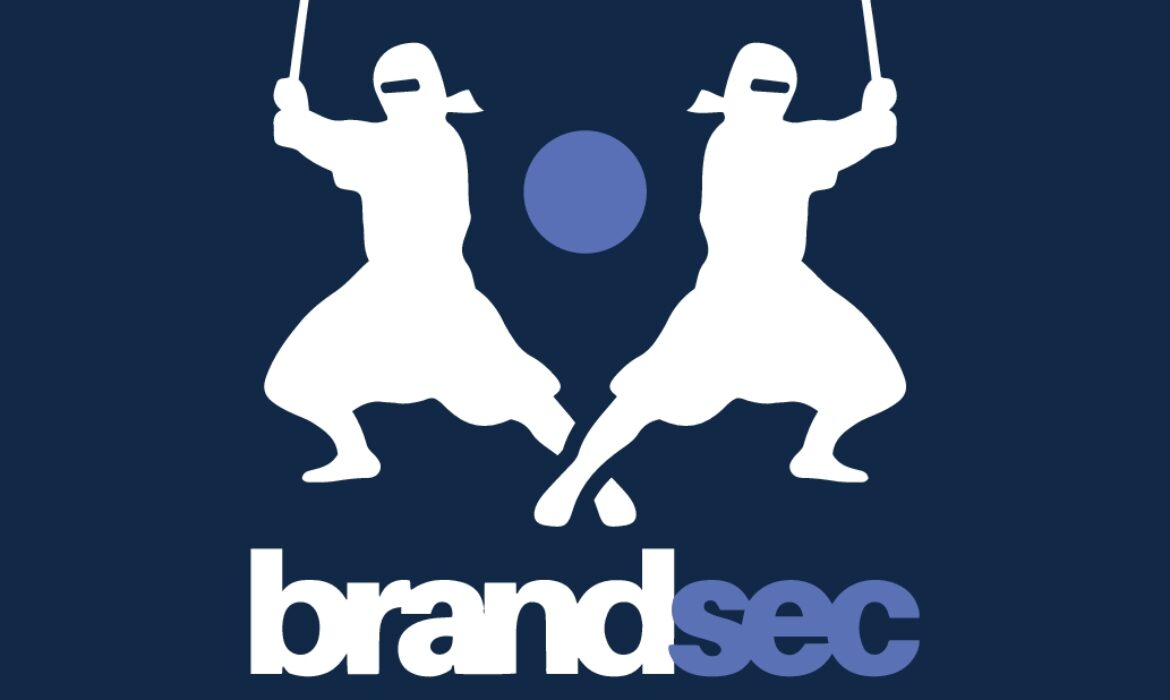Monday 25 July 2022
Finding your product copied and being sold online can be a stressful event, but if you have followed some basic steps you have a very good chance of getting the fakes removed and also deter counterfeiters from targeting your brand. Here we have listed 4 steps about how to deal with counterfeits.
1) Register your Intellectual Property
Trademarks
Registration of trademarks is the first step to protecting your brand. A trademark is not limited to being a corporate logo. It could also be a jingle, your registered business name, or even a scent. A trademark can be any word, phrase, symbol, design, or a combination of these things that identifies your goods or services. It’s how customers recognise you in the marketplace and distinguish you from your competitors.
Brand owners should register their names and logos as trademarks in all countries where they intend to market their products and also consider countries where counterfeits are rife, such as China, Vietnam, and Thailand.
IPAustralia allows businesses to register a trademark in multiple countries with one application.
Domain Names
If you have a trademark you should register the corresponding domain name in at least the .com and .com.au domain name spaces. They should be an exact match and ideally registered in the .com and relevant and important overseas markets. Similar to trademarks, brand owners should consider defensive domain name registrations in countries where cybersquatting is rife, such as China (.cn) and other spaces where we see a high proliferation of phishing, malware and spam.
Social Media Handles
These days, social media registrations are a part and parcel of the brand protection registration process. To avoid brand confusion or brand damage, it is preferable that brand owners register their brand in the core social media platforms relevant to their verticals. brandsec can register up to 100 social media handles within minutes.
Example of product launch IP assets collection
As an example, if a new product were to be launched in Australia called ACME, and I had plans to possibly launch in NZ and the USA in the future I would register the word “ACME” and its composite (logo) mark in those countries, as well as the corresponding domain names and social media handles. In addition, I would target defensive markets such as China to ensure that my products are not copied, and sold on Chinese marketplaces such as Alibaba, Taobao etc.

2. Monitor your brands across the web
B2B marketplaces such as eBay, Amazon, Taobao and Alibaba (to name a few) are now a primary medium for fraudsters to sell and ship counterfeit and grey market products directly to customers in large volumes. It is important to quickly identify when and if your product is copied or understand and prioritise the worst cases in terms of brand damage or income loss.
You can’t address what you can’t see or quantify. It is critical to understand the scope of the problem across the many different platforms available for legitimate and unauthorised sellers to market your goods. Marketplace monitoring technology and specialised anti-counterfeit analysis teams enable brand owners to rapidly detect infringements relatively quickly and before damage is done. Good monitoring tools should provide advanced functionality to find, profile and enforce action against key infringers.
3. Participate in marketplace anti-counterfeit programs
Online marketplaces take the issue of counterfeiting on their platforms seriously. Many are members of the e International Anti Counterfeiting Coalition (IACC) and in some cases, for instance, Amazon has signed a Memorandum of Understanding (MOU) on World Intellectual Property Day 2018 to further strengthen their collaboration in combating counterfeiting on their global e-commerce and auction platform.
Alibaba, eBay and other major platforms have their own programs to combat counterfeiting. They allows brand owners to submit takedown requests to get listings removed – where an offence or an infringement can be proven. However, the application process can be time-consuming, especially when dealing with multiple platforms and offences, which is why a managed service that automates the process can sometimes be the most effective course of action.
4. Educate your customers
Teach your customers how to spot a fake. Explain the quality difference with high-resolution pictures and outline the risks of buying inferior products from unknown entities. Deputizing your customers to report fakes and warn your market is a great way to counter counterfeiting.
A Customer-led strategy is an education that helps customers understand the dangers of buying and using a counterfeit product. It assists them to distinguish between real and fake – from the product itself, packaging and labelling etc. Sometimes, pages are set up where customers can add a sku number to verify the product’s legitimacy. Customers need to understand the distinction between good and evil, right and wrong. For instance, illustrating the difference between genuine and counterfeit drugs could save lives. The best way to motivate people is not through reason, but emotion. By defining what would and could happen if counterfeits are used, a brand holder is forming an emotional bond with their advocates.
These steps are the basics regarding hot to dealing with counterfeits, but the larger your brand becomes the more complex a solution is required. For well established brands with a multi-national presence the question of how to deal with counterfeits is slightly more complex regarding the technology and services needed to fend of copycats.
About brandsec
brandsec is a corporate domain name management and brand protection company that look after many of Australia, New Zealand and Asia’s top publicly listed brands. We provide monitoring and enforcement services, DNS, SSL Management, domain name brokerage and dispute management and brand security consultation services.
Contact us today for a free consultation.

